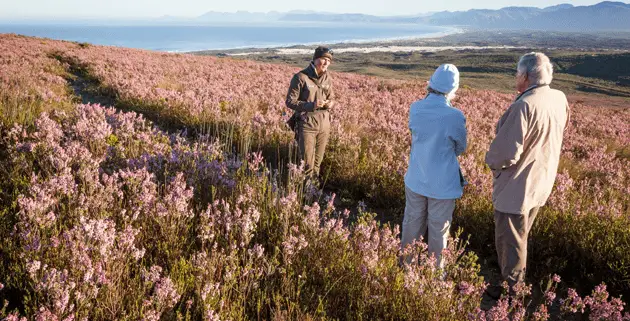Cruise Tourism Potential in South Africa
I receive many email replies to my column “Talking Tourism”, which is particularly rewarding. These emails include many from local students; like one who recently asked me my views about “cruise tourism.” By Michael Bertram.
The standard response is normally “Cruise tourism is just like any other tourism although it involves cruise ships. It is a great way to expose a country’s beauty and culture and also a nice way to travel the world giving tons of jobs and employment to places that it visits, mostly “ports of call”.
Students, by their very nature are inquisitive creatures who always have follow-up questions. Such as how big is the market, how are we going to access this growing sector and most importantly what is in it for us?
Interesting questions; having attended several meetings over the past few years, my interest was piqued once again. History is never as straight-forward as it would seem.
The South African National Department of Tourism identified Cruise Tourism as a niche tourism product with the potential to accelerate
The official SA Cruise Tourism Report, which covered the prospects, benefits and strategies for the industry, noted that the return on public sector funding would be an estimated R14.81 for every R1 spent in terms of a medium passenger forecast of more than 400 000 by 2025.
For low and high passenger forecasts (of 200 000 and almost 1 million, respectively) the returns would be R11.49 and R48.83, respectively. But the report stated: “If international passenger numbers do not materialise as envisaged then the project is not viable from a South African perspective.”
Readers, please note that; “Public sector funding includes investments in new passenger terminals at ports and marketing of South Africa to cruise liners”.
The economic benefits are far reaching and include port charges, spending by international crew, earnings by local crew and spending by the ship operators. The contribution to gross domestic product (GDP) is estimated to increase from R682m in 2010 to R1.3 billion in 2025. It is estimated that the cumulative contribution to GDP by 2025 will be R14bn.
According to the International Journal of Leisure and Tourism Marketing (Vol. 1, No. 3, pp. 205-226); “cruise tourism has been the fastest growing sector of the travel industry for the past twenty years with an average annual growth rate of passengers of 7.4%. It has increased at almost twice the rate of growth of tourism overall and this growth is expected to continue in the future”.
Questioned about the status of the cruise terminal plan for Durban harbour during a tour of the port during February 2012, Mr Hamilton Nxumalo, head of the infrastructure at Transnet National Port Authority (TNPA), said; “No decision has been made, despite a pre-feasibility study having been undertaken… We are spending about R21.3 billion in upgrades to the Durban Port over the next seven years, which is part of the R300bn infrastructure spending plan”.
Nxumalo added; “Transnet was looking for a partner to invest in the cruise terminal development either as a public-private partnership or some sort of joint venture. It will cost anything upwards of R800m. But we are yet to put out tenders calling for expressions of interest from possible partners or investors”.
MSC Starlight Cruises, reported early this year that it had already carried more than 100 000 passengers on the MSC Sinfonia and MSC Melody for the present SA summer; Stefano Vigoriti, a director of MSC Cruises, said a plan needed to be finalised and construction under way by 2013, adding “Insufficient infrastructure for cruise tourism in Durban won’t stall growth for now… But, it could inhibit growth in the future and business could go elsewhere”.
Ships such as the Queen Mary 2, which has visited Cape Town twice in recent months, is too large to be accommodated in the V&A Waterfront, and therefore a new cruise liner terminal in the main port would be first prize. It has been suggested that due to the relatively small number of cruise line visits to date, the new cruise liner terminal should
It would appear that South Africa is particularly well positioned to leverage good growth off this niche market as we are now part of the Cruise Indian Ocean Association (CIOA) check out http://www. cruiseindianocean.org/ – for more information – clearly this is one area where we must develop our infrastructure now.




